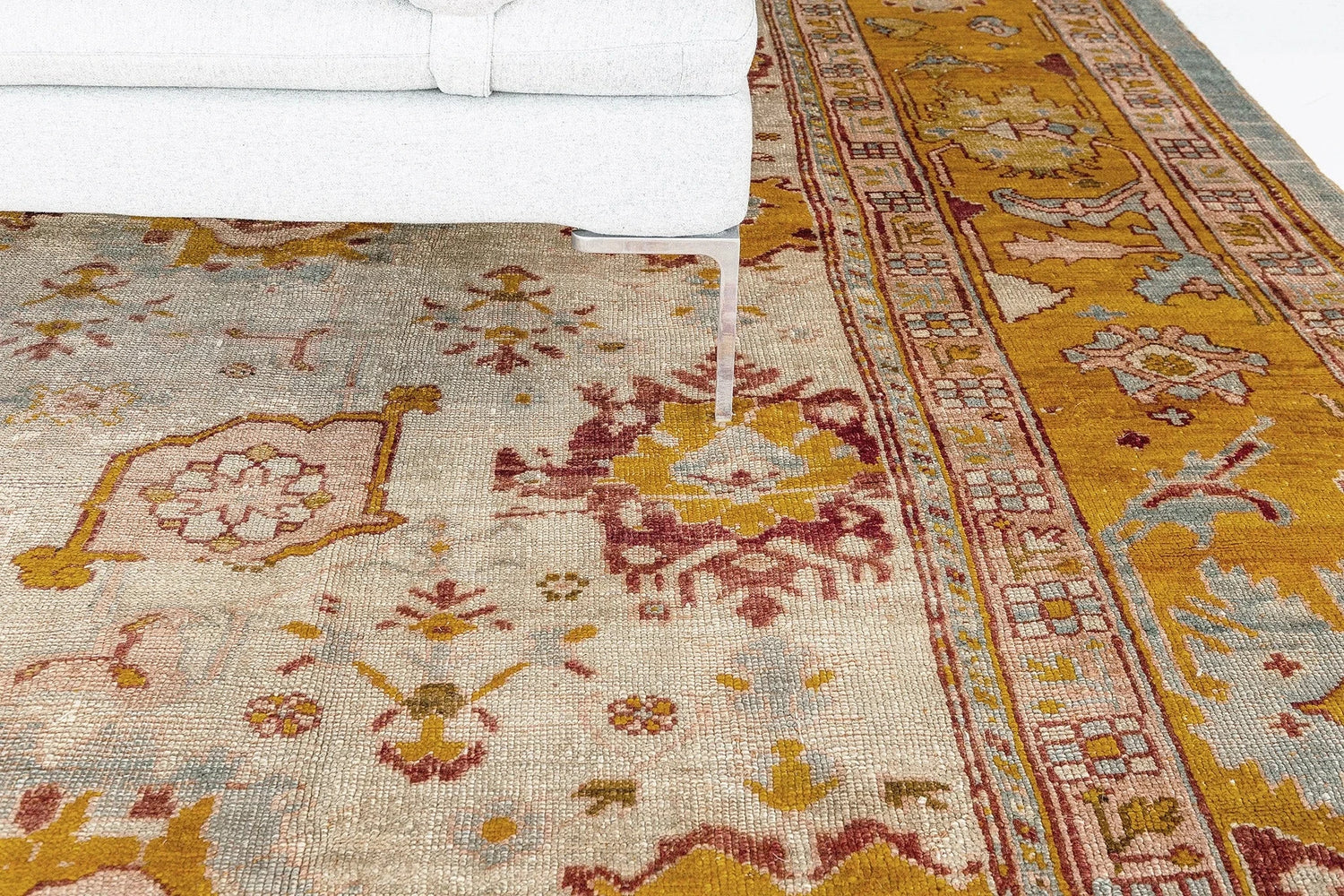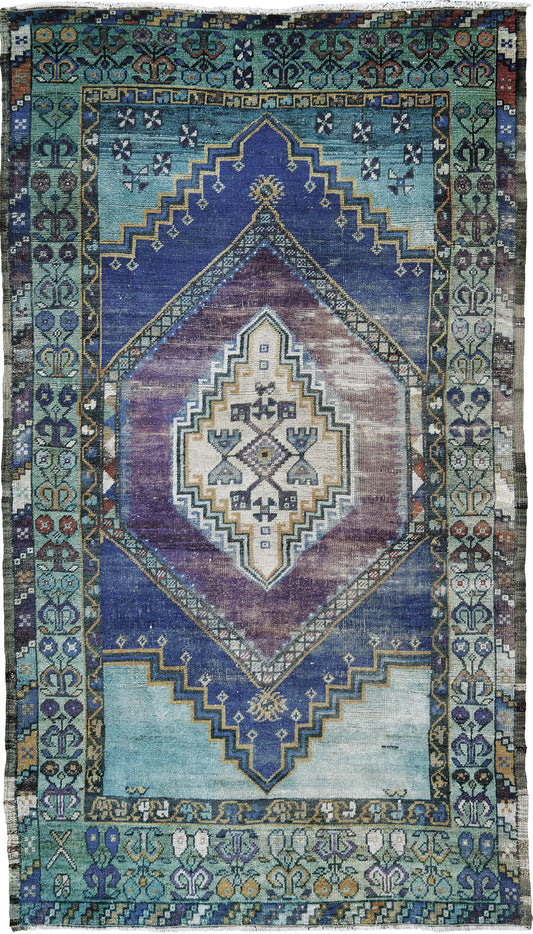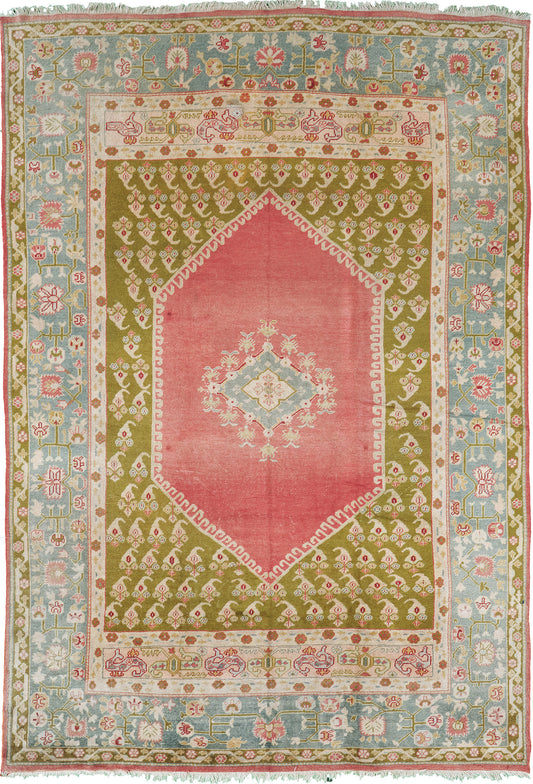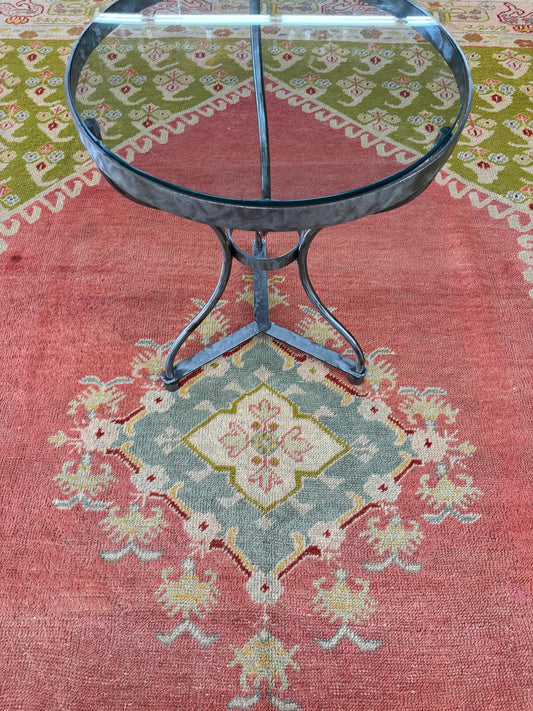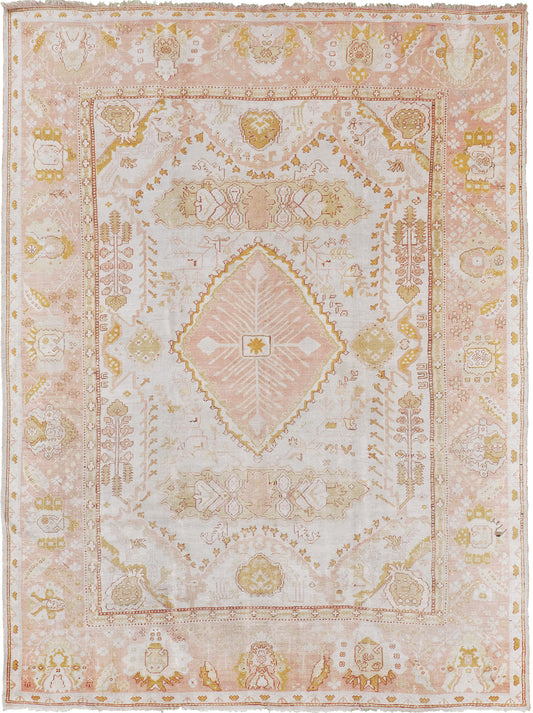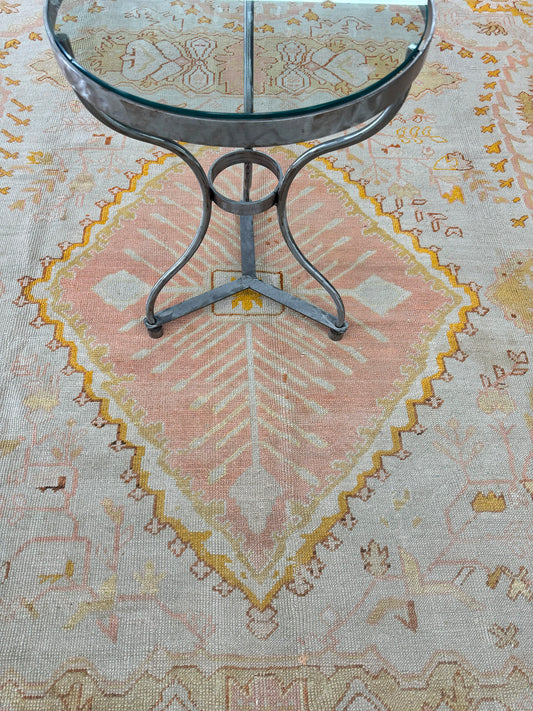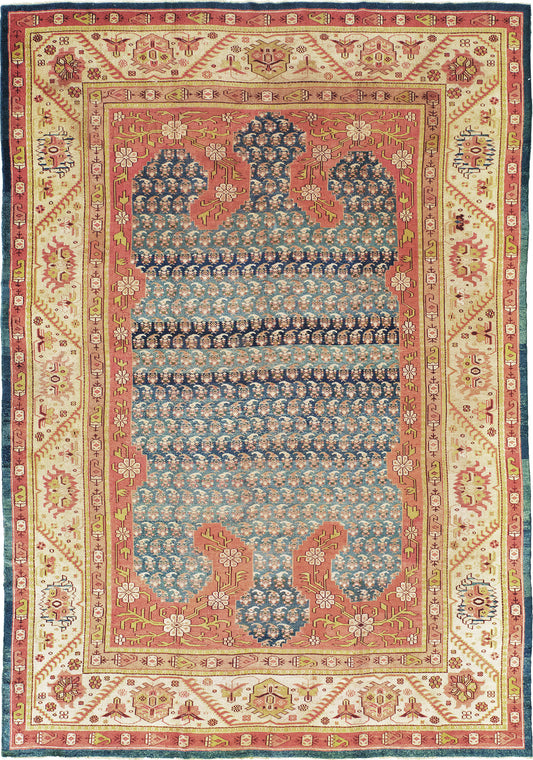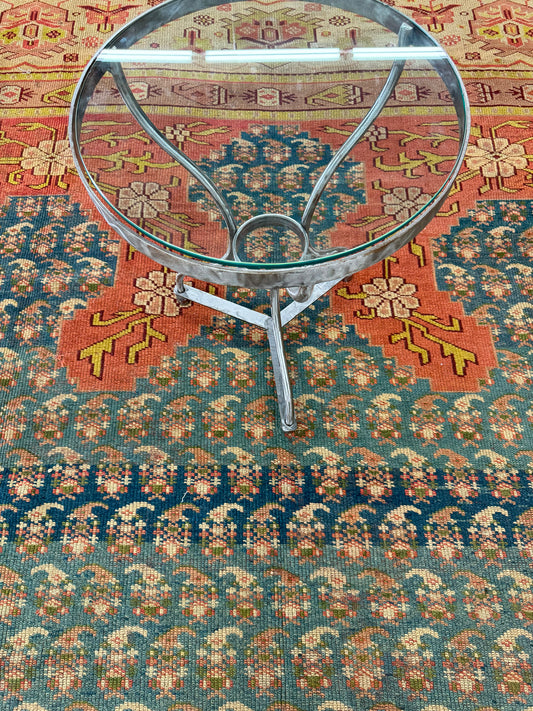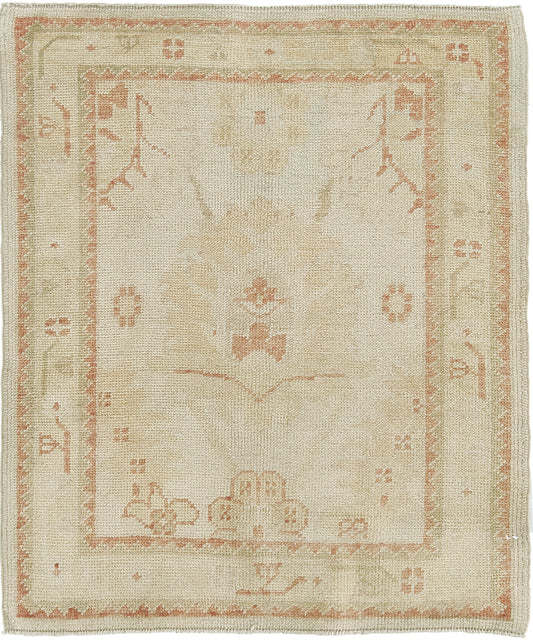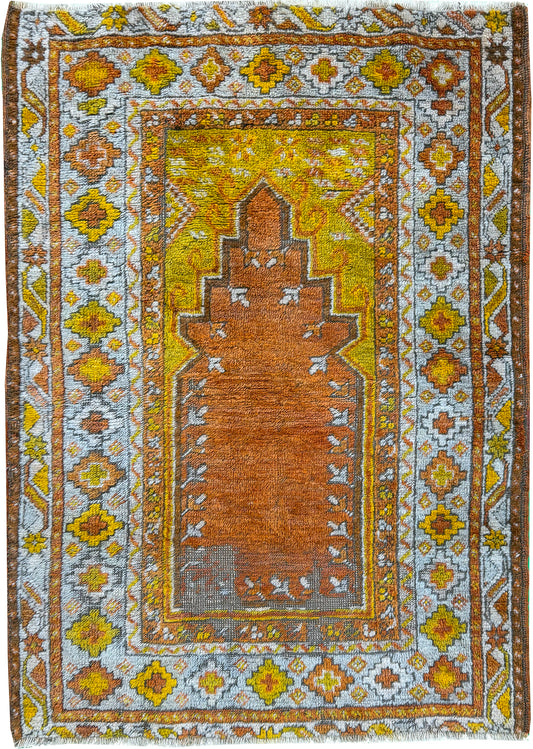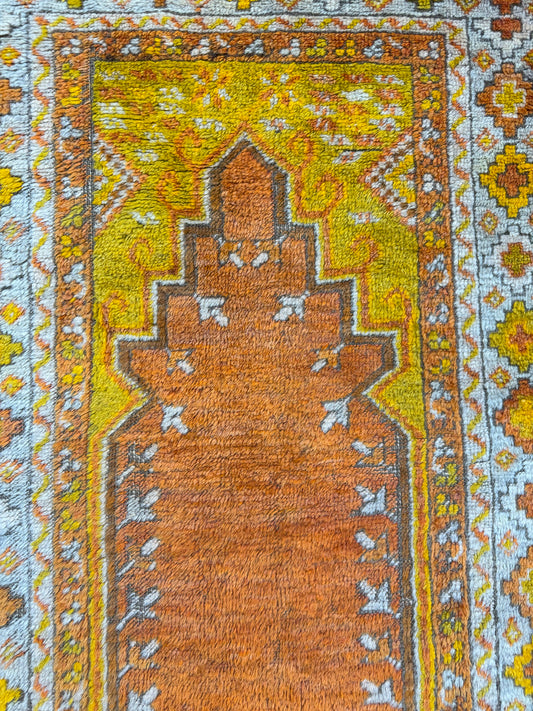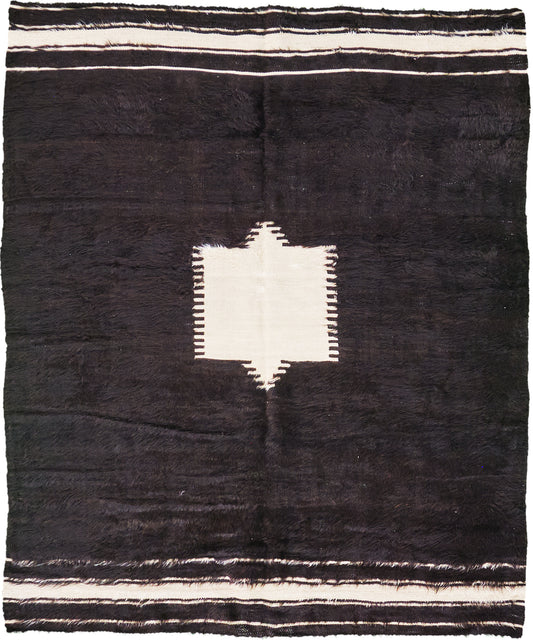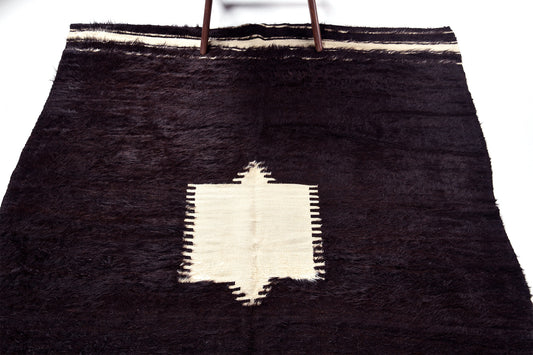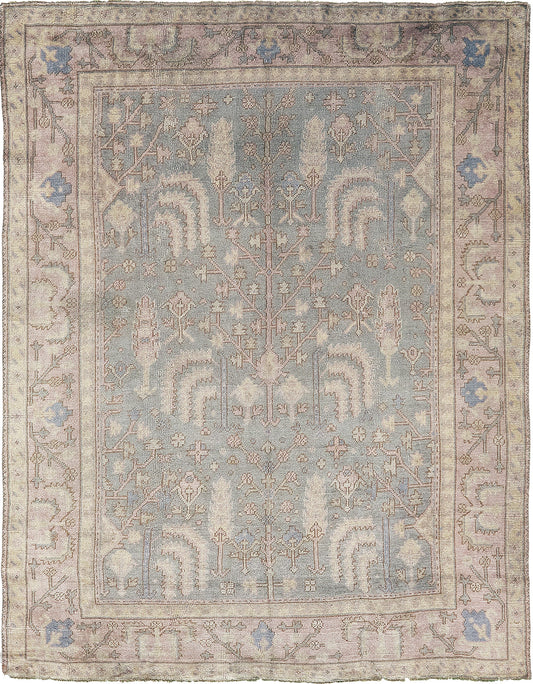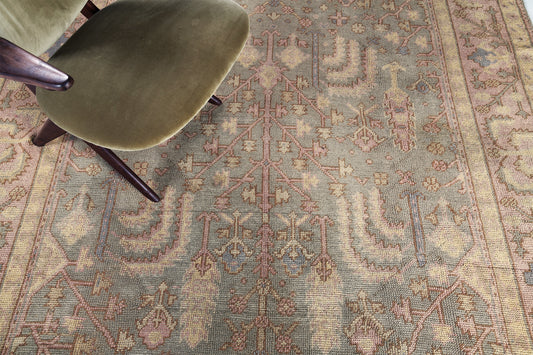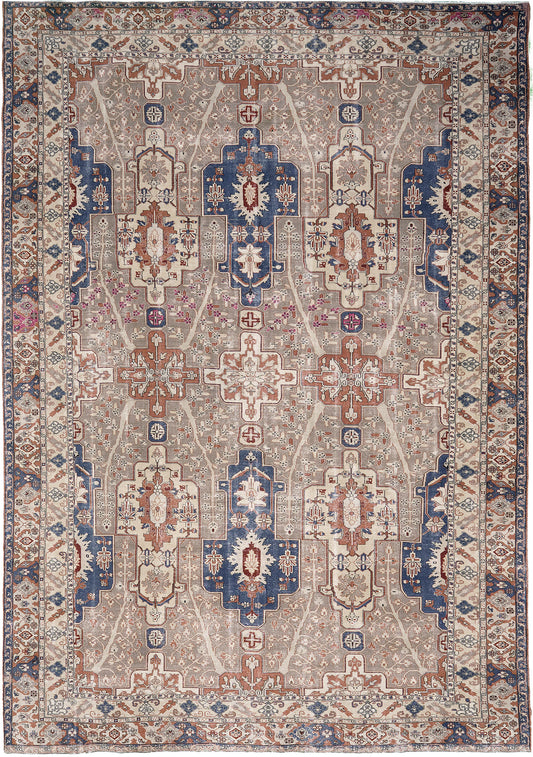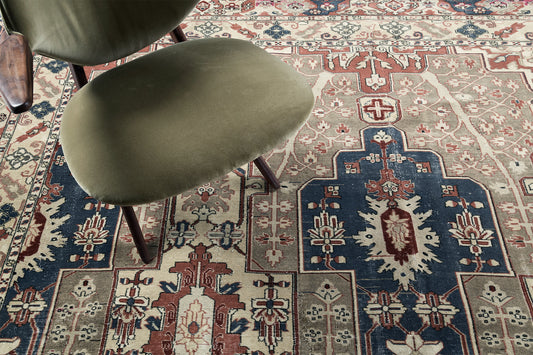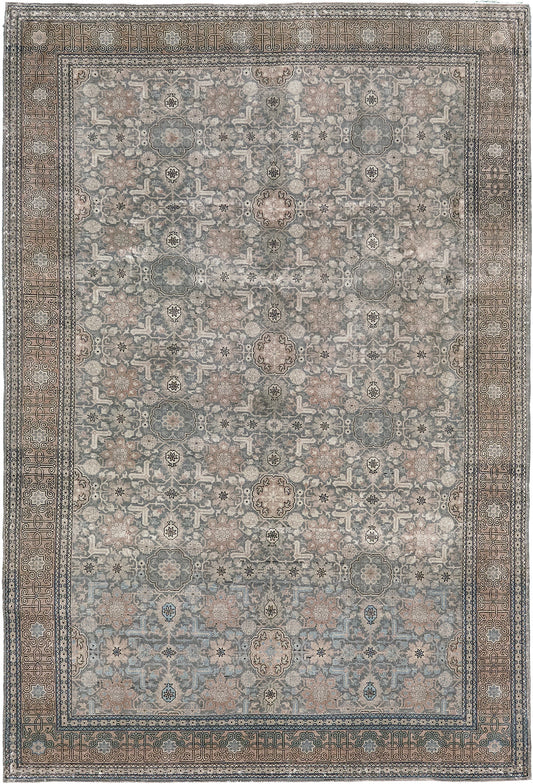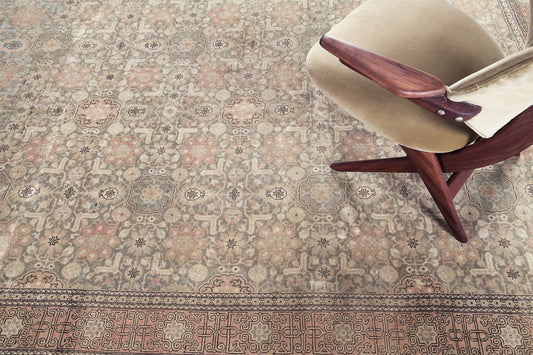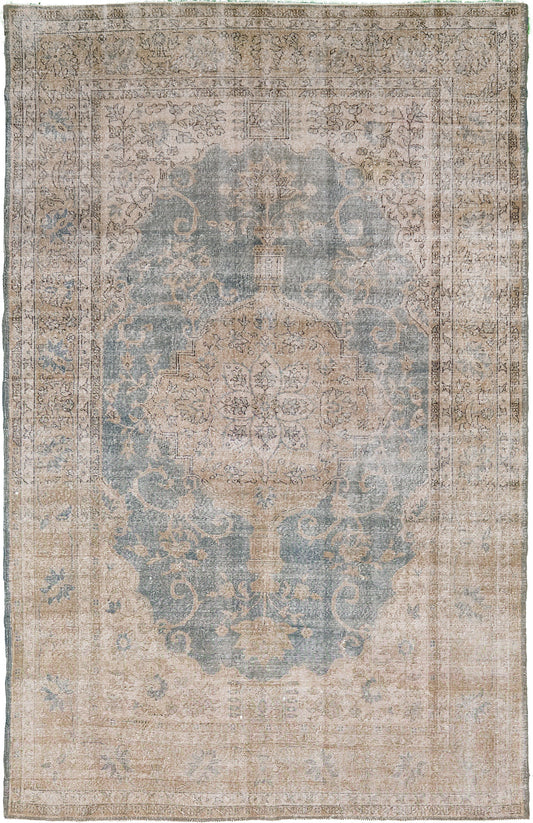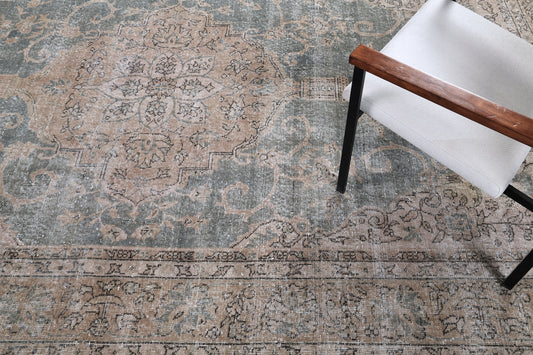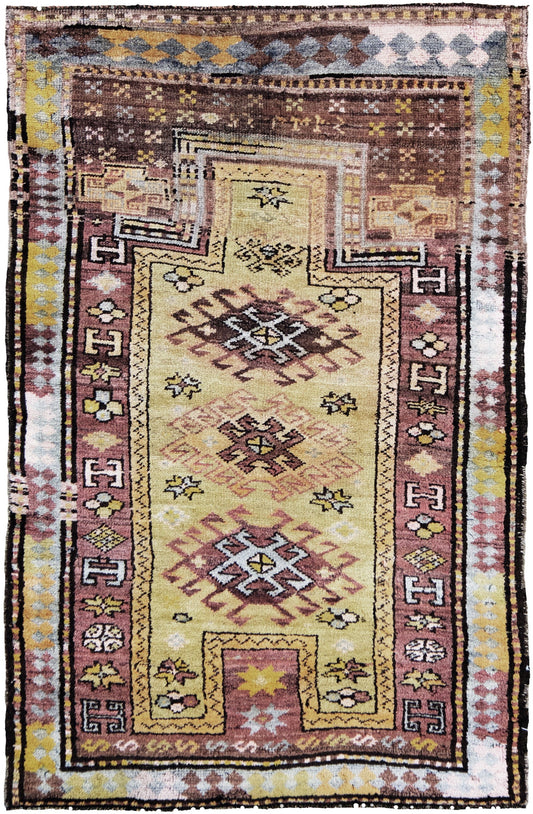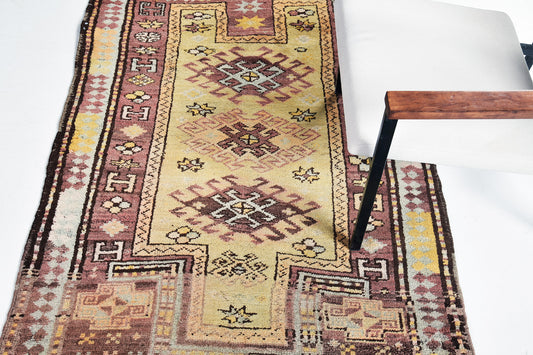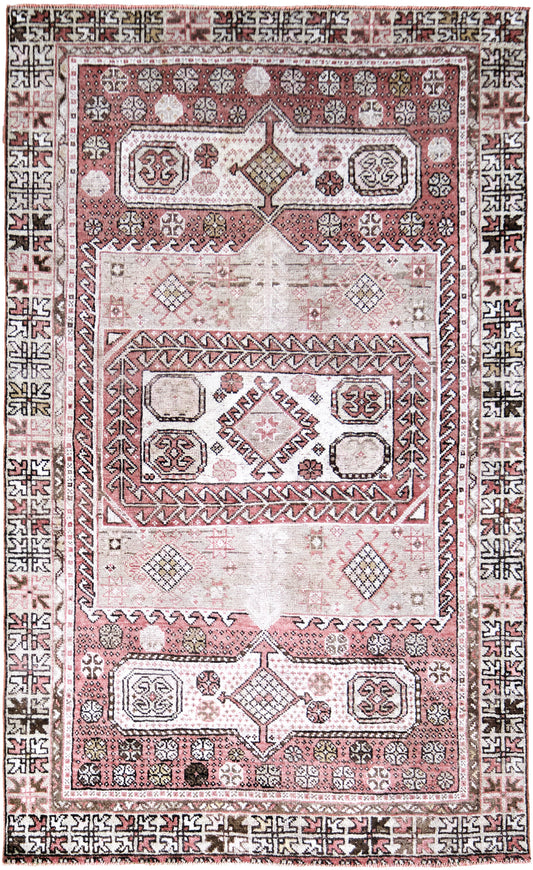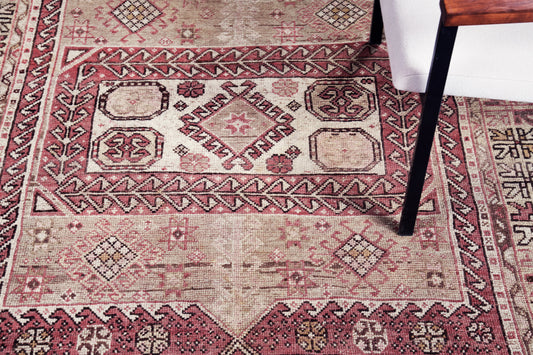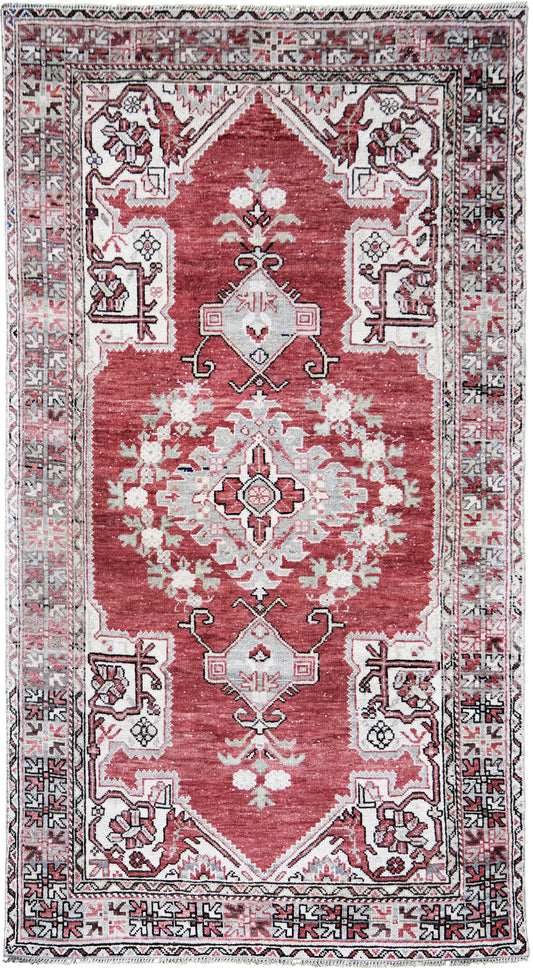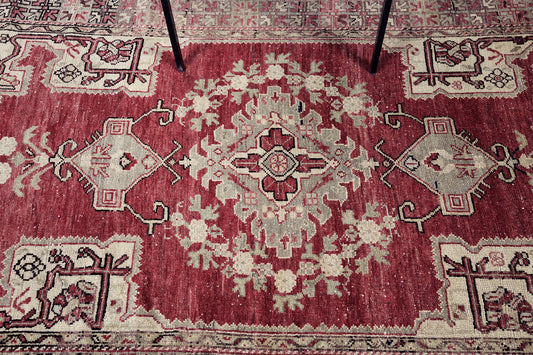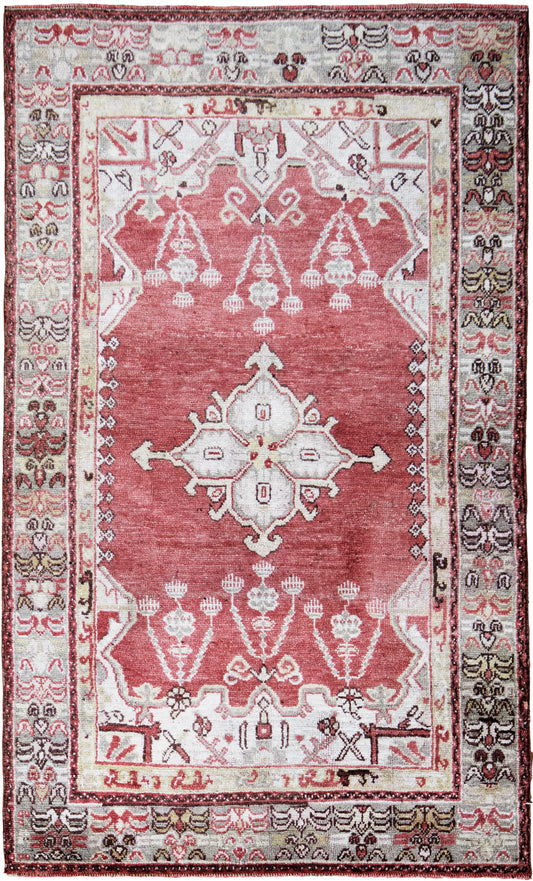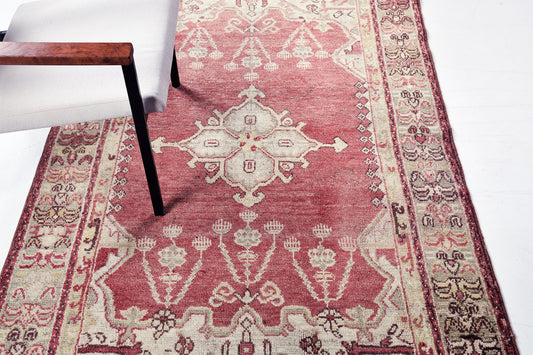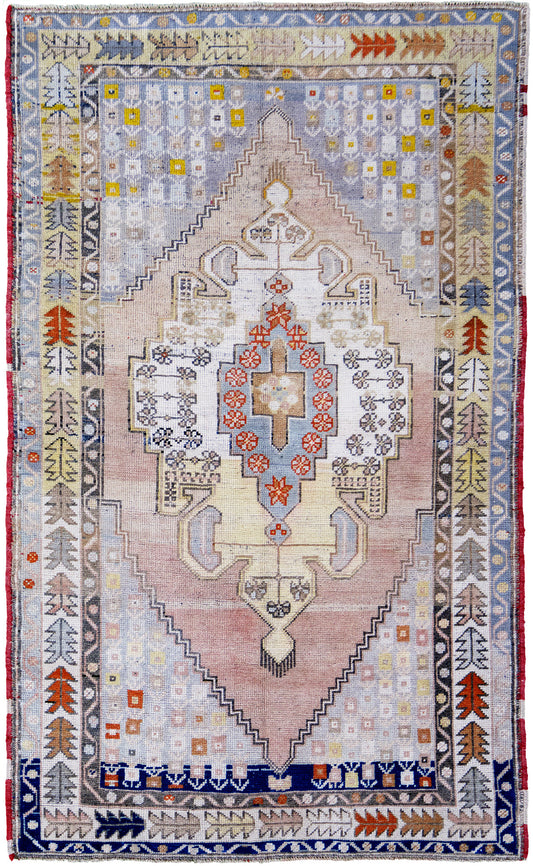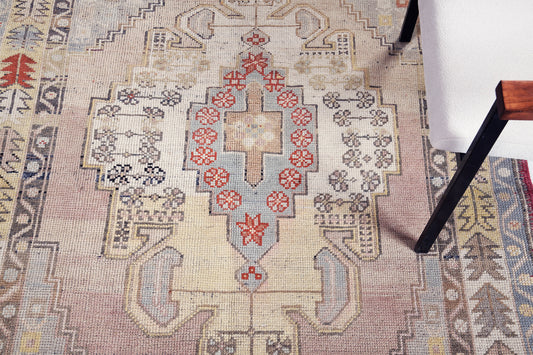FEATURED IN
Our collections curate the most sought after trends, styles and colors of handmade Turkish Rugs.
-
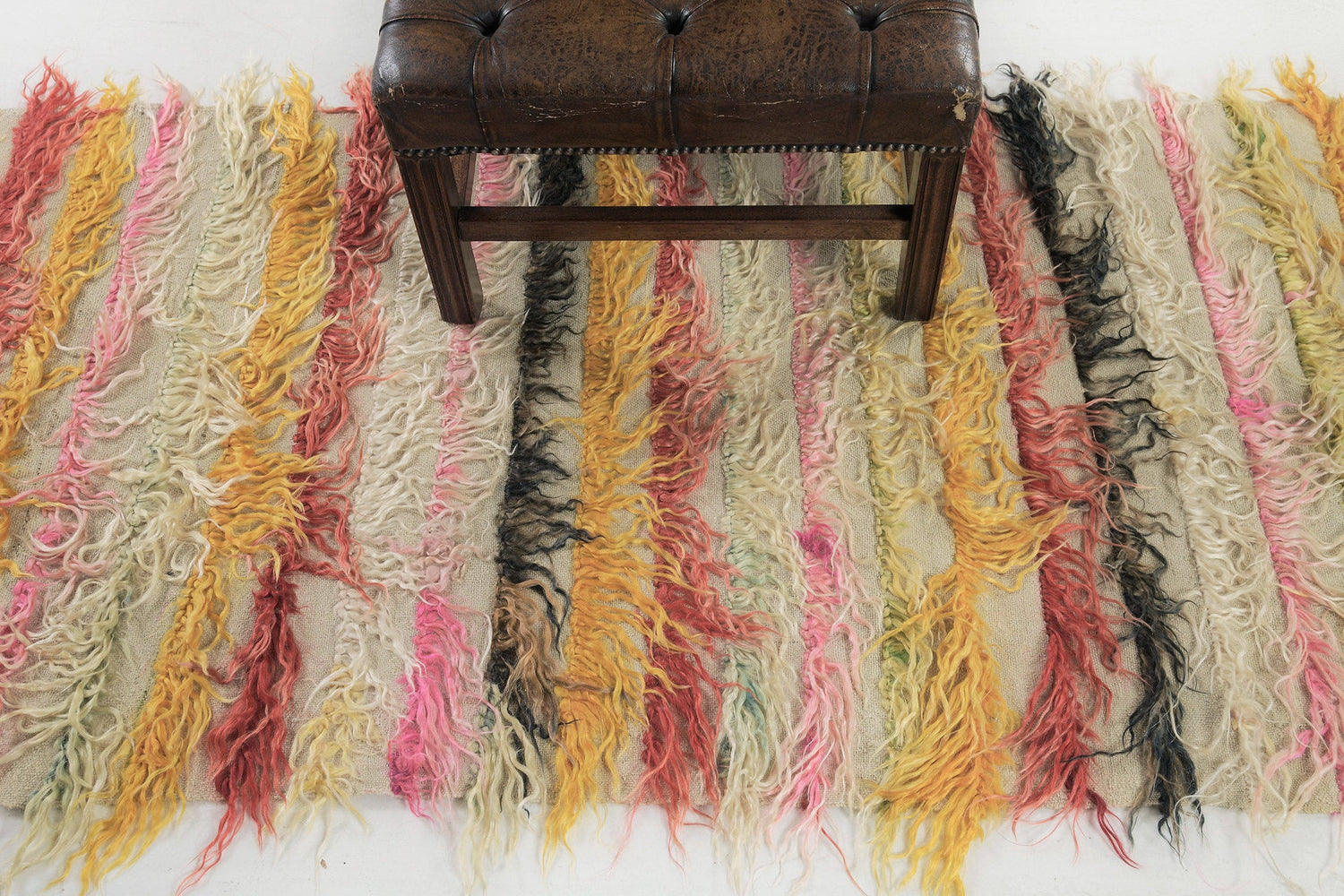
Turkish Tulu Rugs
Primitive Luxury, Reimagined Soft, shaggy, and unforgettably tactile, Turkish Tulu rugs offer...
-
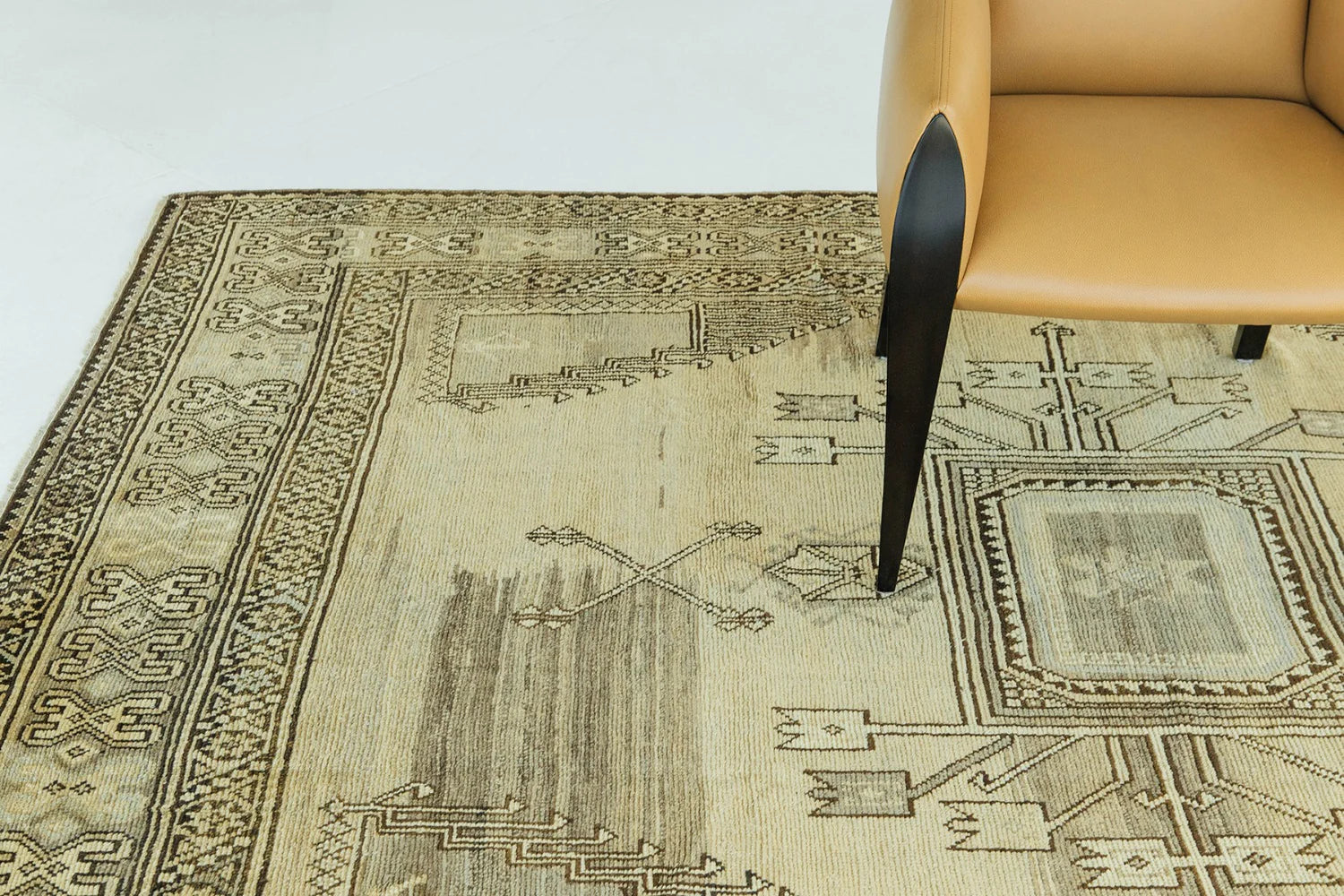
Vintage Turkish Rugs
Vintage Turkish rugs are handwoven rugs that are made in Turkey and...
-
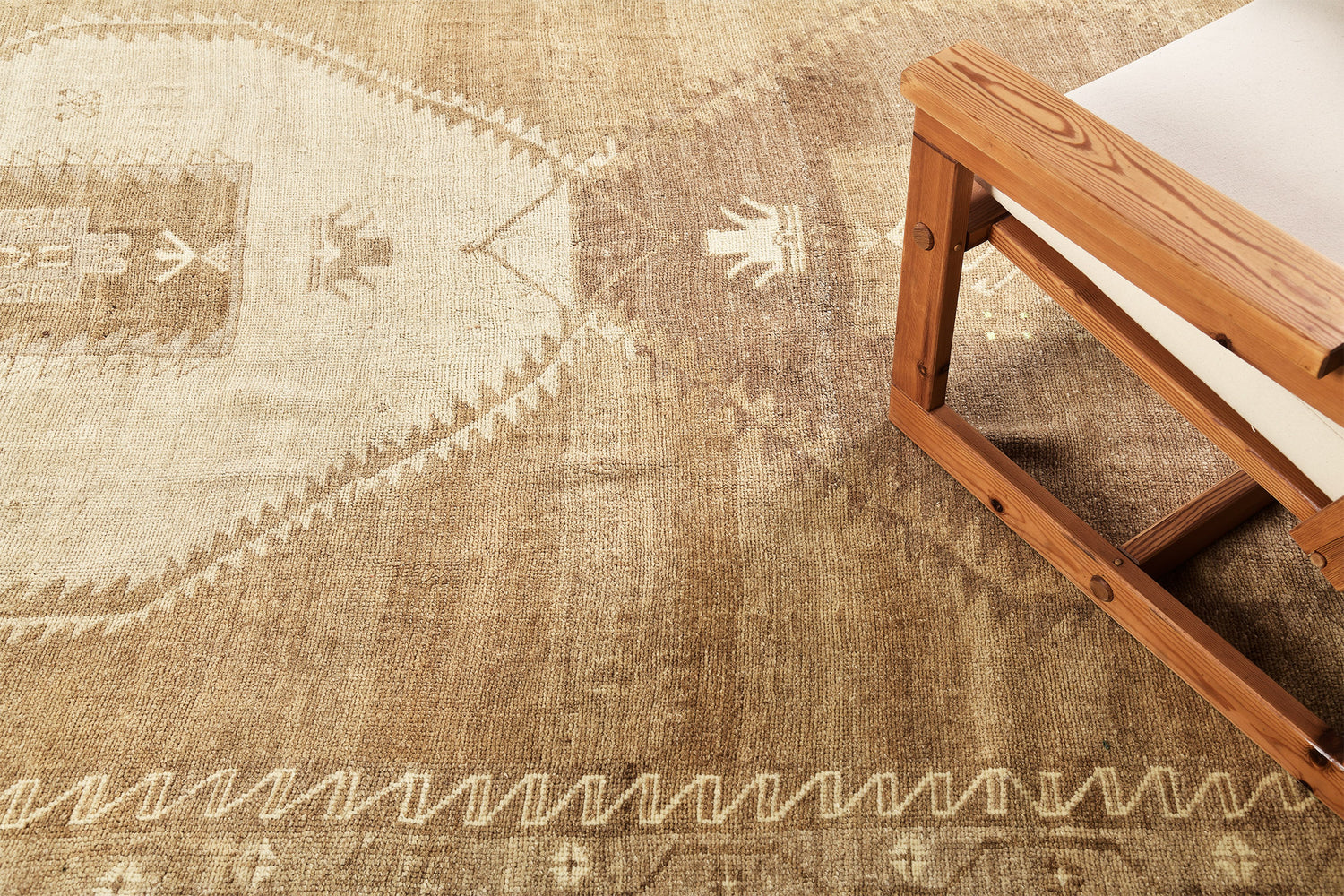
Brown Turkish Rugs
Brown Turkish Rugs: A Journey Through Nature's Palette Brown Turkish rugs stand...
-
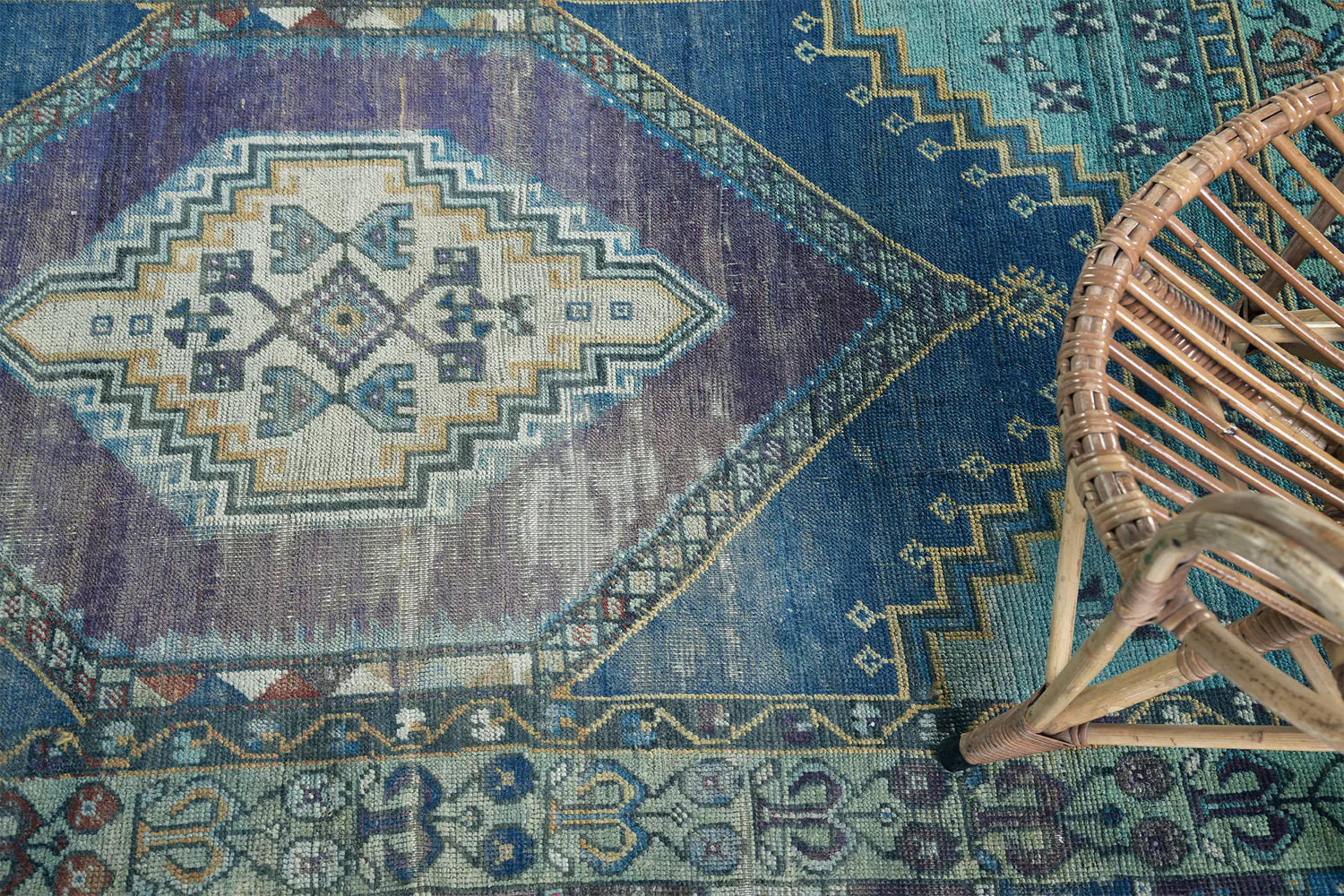
Blue Turkish Rugs
Blue Turkish Rugs – History, Symbolism & Modern Elegance Blue Turkish rugs...
-
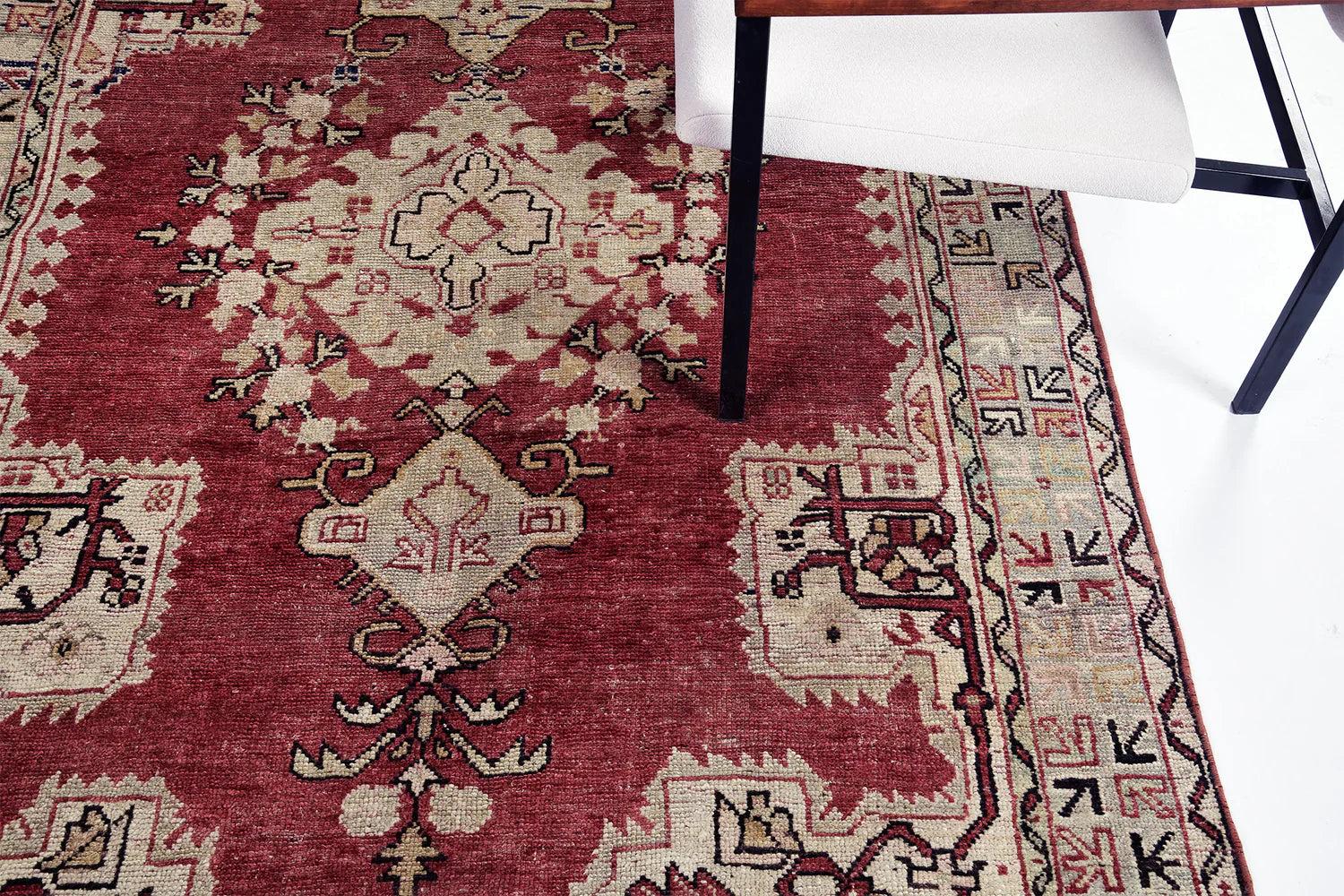
Red Turkish Rugs
Red Turkish Rugs – Heritage, Symbolism & Vibrant Design Red Turkish rugs...
Explore our entire collection.
-
Vintage Turkish Anatolian
Regular price $3,300.00 USDRegular price Sale price $3,300.00 USDUnit price per -
Vintage Turkish Oushak Runner
Regular price $1,750.00 USDRegular price Sale price $1,750.00 USDUnit price per -
Vintage Distressed Turkish Anatolian Runner
Regular price $1,800.00 USDRegular price Sale price $1,800.00 USDUnit price per -
Antique Turkish Oushak
Regular price $2,200.00 USDRegular price Sale price $2,200.00 USDUnit price per -
Vintage Turkish Tulu
Regular price $4,400.00 USDRegular price Sale price $4,400.00 USDUnit price per -
Antique Turkish Oushak
Regular price $8,750.00 USDRegular price Sale price $8,750.00 USDUnit price per -
Antique Turkish Hereke
Regular price $18,500.00 USDRegular price Sale price $18,500.00 USDUnit price per -
Antique Turkish Hereke
Regular price $7,500.00 USDRegular price Sale price $7,500.00 USDUnit price per -
Antique Turkish Anatolian Burdur
Regular price $5,500.00 USDRegular price Sale price $5,500.00 USDUnit price per -
Vintage Turkish Anatolian
Regular price $1,350.00 USDRegular price Sale price $1,350.00 USDUnit price per -
Vintage Turkish Anatolian
Regular price $2,800.00 USDRegular price Sale price $2,800.00 USDUnit price per -
Vintage Turkish Anatolian
Regular price $2,700.00 USDRegular price Sale price $2,700.00 USDUnit price per -
Vintage Turkish Anatolian
Regular price $2,800.00 USDRegular price Sale price $2,800.00 USDUnit price per -
Vintage Turkish Anatolian Runner
Regular price $2,400.00 USDRegular price Sale price $2,400.00 USDUnit price per -
Vintage Turkish Kars Runner
Regular price $3,850.00 USDRegular price Sale price $3,850.00 USDUnit price per
Modern Turkish Rugs
Blending traditional craftsmanship with contemporary aesthetics.
-
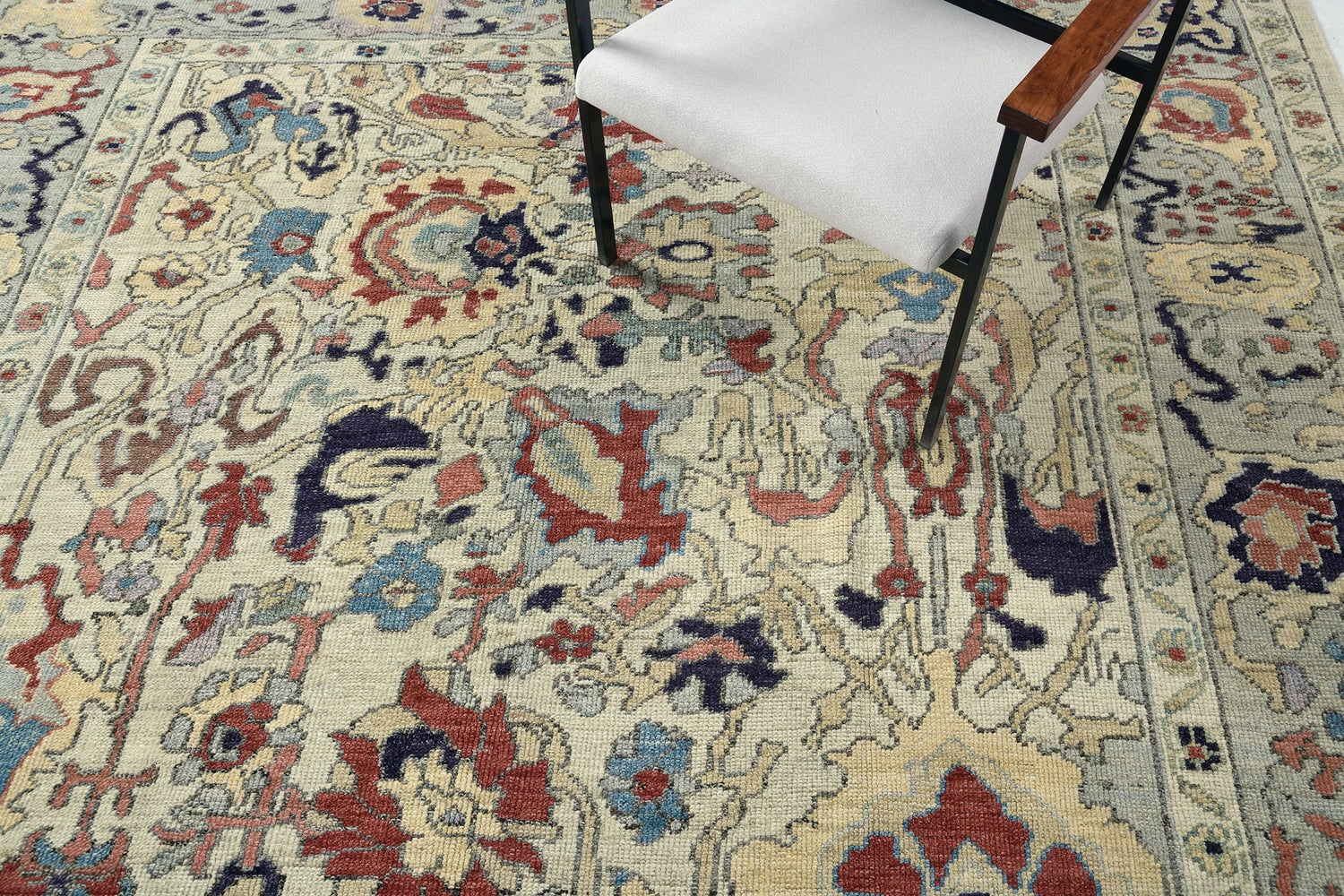
Modern Turkish Rugs
Modern Turkish Rugs: Tradition Meets Contemporary Design Turkish rugs have long stood...
-
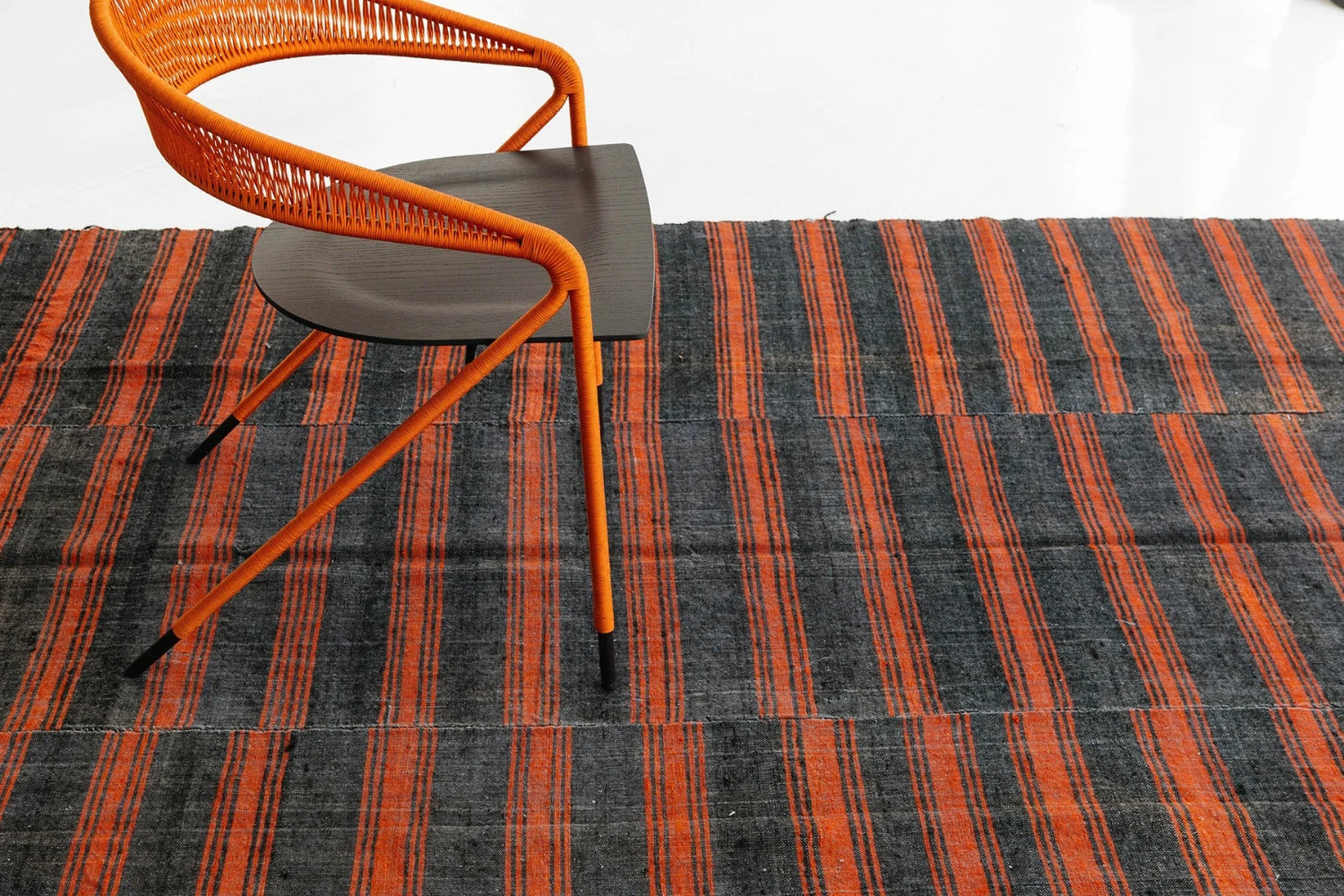
Kilim Rugs
Certainly! Here’s the full 800-word SEO article based on your outline: Kilim...
-
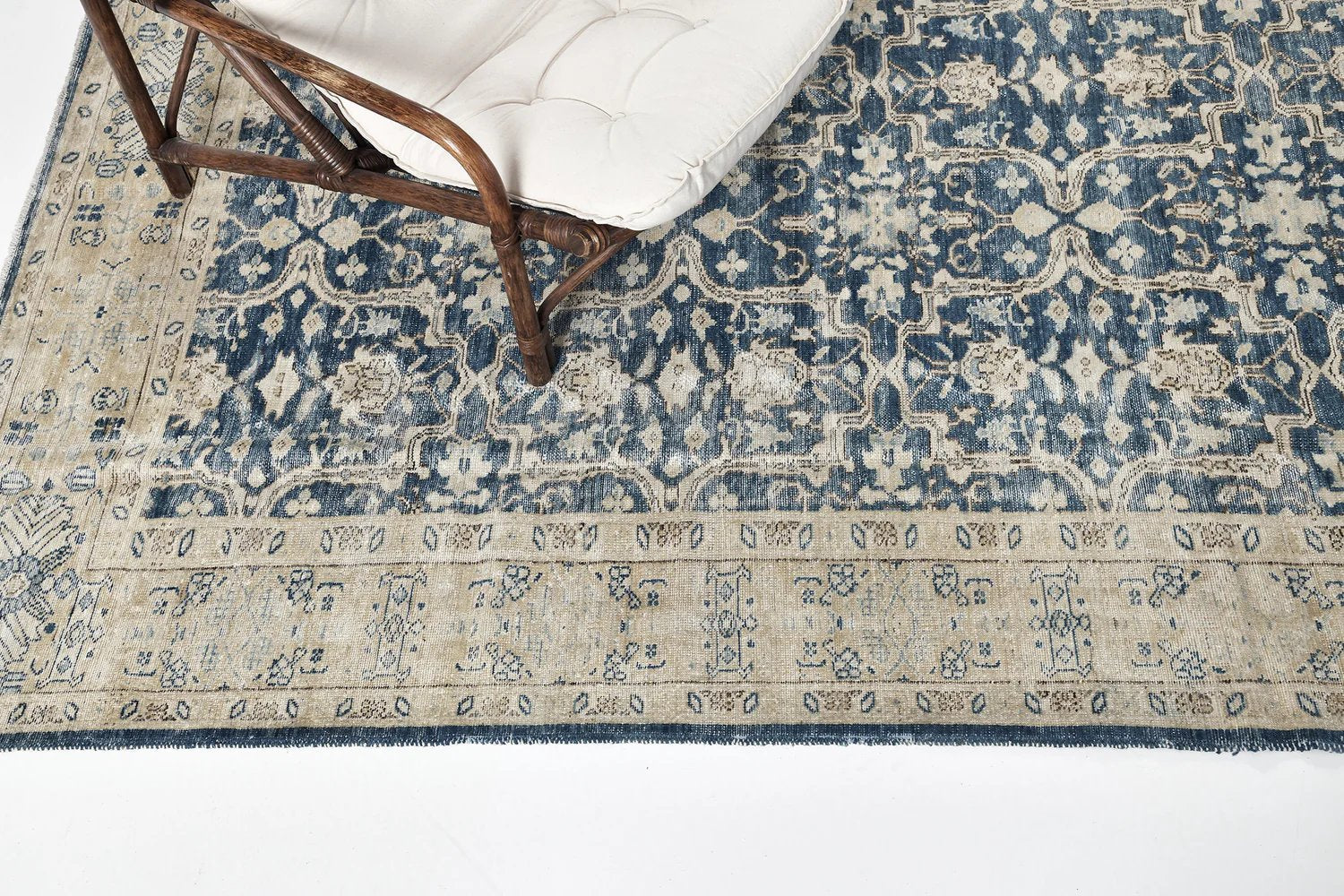
Domicile Collection
Classic motifs revisited in trim supple knots and delicate palettes.
Vintage Turkish Rugs
-
Vintage Turkish Anatolian
Regular price $3,300.00 USDRegular price Sale price $3,300.00 USDUnit price per -
Vintage Turkish Oushak Runner
Regular price $1,750.00 USDRegular price Sale price $1,750.00 USDUnit price per -
Vintage Distressed Turkish Anatolian Runner
Regular price $1,800.00 USDRegular price Sale price $1,800.00 USDUnit price per -
Vintage Turkish Tulu
Regular price $4,400.00 USDRegular price Sale price $4,400.00 USDUnit price per
Oushak Rugs
-
Antique Turkish Oushak
Regular price $27,500.00 USDRegular price Sale price $27,500.00 USDUnit price per -
Antique Turkish Oushak
Regular price $22,000.00 USDRegular price Sale price $22,000.00 USDUnit price per -
Antique Turkish Oushak
Regular price $32,000.00 USDRegular price Sale price $32,000.00 USDUnit price per -
Antique Turkish Oushak
Regular price $42,000.00 USDRegular price Sale price $42,000.00 USDUnit price per
Collapsible content
More About Turkish Rugs
The History, Craftsmanship & Styles of Turkish Rugs
Turkish rugs are among the most beloved and revered of all floor coverings. For centuries, they have been prized for their magnificent and detailed patterns, rich colors, and luxurious textures. The history of Turkish rugs is a long and fascinating one, dating back to the days of the Ottoman Empire. During this time, rug making was an incredibly important art form, and skilled craftspeople were highly respected. Rugs were often made as gifts for royalty or other dignitaries and used to decorate homes and public spaces. Today, Turkish rugs continue to be coveted by collectors and design enthusiasts alike. Thanks to their timeless beauty, they are sure to be cherished for generations to come. Turkish rugs are more than just floor coverings — they are woven works of art that tell stories of tradition, culture, and exquisite craftsmanship. For centuries, these handwoven treasures have been prized for their intricate patterns, rich colors, and luxurious textures. From royal Ottoman palaces to modern design-forward homes, authentic Turkish rugs remain symbols of elegance, heritage, and timeless beauty.
A Rich History Woven in Every Thread
The origins of Turkish rug weaving trace back to the 13th century during the Seljuk dynasty, when artisans crafted wool rugs with cotton foundations, often featuring bold geometric motifs, medallions, and octagons. By the 15th century, under the Ottoman Empire, rug-making evolved into one of the empire’s most celebrated art forms and important exports.
Ottoman weavers introduced silk and camel hair alongside wool, enabling more elaborate designs and luxurious textures. Many rugs from this period feature floral patterns, natural dye palettes, and symbolic motifs drawn from the Quran. Today, these traditional weaving techniques continue to inspire modern Turkish rug makers, ensuring every piece remains a testament to artistry and skill.
What Makes Turkish Rugs Unique
One of the most distinctive features of Turkish rugs is the double knot, also known as the Ghiordes knot. Unlike the single knot used in Persian rugs, the double knot technique wraps around two warp threads, creating a symmetrical, durable weave. This method gives Turkish rugs their signature texture and allows designs to remain crisp and defined for decades — even centuries.
Popular Styles of Turkish Rugs
Turkish rugs come in many regional styles, each with its own heritage, color palette, and design philosophy:
Kazak Rugs
Bold and geometric, Kazak rugs are instantly recognizable for their vibrant colors, large medallions, and tribal motifs. Traditionally woven from wool or cotton, Kazaks add a striking statement to both traditional and contemporary interiors.
Oushak Rugs
Originating from the city of Uşak in southwestern Turkey, Oushak rugs are beloved for their soft, muted tones and delicate floral patterns. Once favored by Ottoman sultans, today they’re a go-to choice for interior designers seeking understated elegance.
Yomut Rugs
From the Yomut Turkmen tribe, Yomut rugs feature intricate geometric designs woven from wool or camel hair. Available in natural or richly dyed palettes, these rugs are prized by collectors and design enthusiasts for their cultural authenticity.
Kilim Rugs
Kilim rugs represent one of the oldest and most distinctive forms of Turkish weaving. Unlike pile rugs, kilims are flatwoven, giving them a lighter weight and a more flexible texture. Their bold, geometric patterns and vivid colors are created using a tapestry technique that makes them reversible and highly durable. Traditionally made from wool dyed with natural pigments, kilims are prized for their versatility—they work beautifully as floor coverings, wall hangings, or even furniture throws. Their striking designs and cultural authenticity make them an enduring favorite for collectors and design enthusiasts alike.
Popular Colors in Turkish Rugs
Color plays a defining role in the beauty and personality of Turkish rugs, with certain tones carrying cultural symbolism and aesthetic appeal that has endured for centuries.
Brown Turkish Rugs
Brown Turkish rugs bring a sense of warmth, stability, and grounding to any space. Often created with natural plant-based or earth-derived dyes, their rich, organic hues range from deep chocolate to soft taupe. These tones work beautifully in both modern minimalist spaces and traditional interiors, offering a versatile backdrop that pairs effortlessly with wood, leather, and neutral textiles. Brown rugs are especially valued for their ability to create a cozy, inviting atmosphere without overpowering a room’s design.
Blue Turkish Rugs
Blue is one of the most cherished colors in Turkish rug weaving, symbolizing peace, protection, and spiritual depth. From vibrant cobalt to gentle sky blue, these rugs often feature intricate floral or geometric patterns that highlight the contrast between cool blues and warm accent tones like ivory, gold, or rust. Blue Turkish rugs are equally at home in coastal-inspired spaces, contemporary settings, and classic interiors, adding a refined yet calming presence to any room.
Turkish Rugs vs. Persian Rugs
While both Persian and Turkish rugs are renowned for their artistry, there are distinct differences:
-
Knot Type: Persian rugs use a single knot; Turkish rugs use a double knot for added durability.
-
Design Influence: Persian rugs often feature intricate floral arabesques, while Turkish designs embrace both geometric and floral elements.
-
Texture & Feel: The symmetrical double knot of Turkish rugs gives them a slightly thicker, more robust texture compared to the often silkier Persian weave.
Why Turkish Rugs Remain Timeless
From antique Anatolian rugs to contemporary interpretations, Turkish rugs offer unmatched versatility. Whether you choose a vintage kilim, a hand-knotted Oushak, or a bold Kazak, each piece carries the legacy of centuries-old craftsmanship.
In a world of mass production, the allure of an authentic Turkish rug lies in its individuality — no two are exactly alike. With proper care, these heirlooms not only elevate a home’s design but also become cherished investments to pass down through generations.
Frequently Asked Questions about Turkish Rugs
Are Turkish rugs handwoven?
Yes. Most authentic Turkish rugs are hand-knotted or handwoven, using techniques passed down through generations.
What materials are used in Turkish rugs?
Traditional rugs use wool, cotton, silk, and sometimes camel hair, often dyed with natural pigments.
How do I style a Turkish rug in my home?
Turkish rugs work beautifully in living rooms, bedrooms, dining areas, and entryways. Their intricate patterns pair well with both modern minimalism and richly layered interiors.



